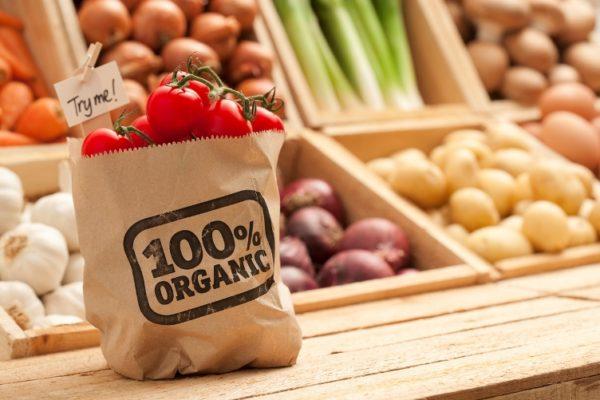When walking down the aisle of the grocery store, you’re likely to see an abundance of healthy words jumping out at you from the boxes and cans. A box of crackers may boast of being “whole-grain, low calorie, and a good source of protein.” The carrots that are a bit more expensive are “organic” and eggs have a whole slew of identifiers meant to help you chose the right fit for your taste, health, and animal friendliness. The challenge is deciphering these messages and learning what might be more of a ploy than a true benefit and vice versa. We’ve provided some of the most common food label terms and what they mean (or don’t mean) to help you navigate the aisles armed with what you need to know to buy the best grub for your family.
The Basics
The FDA has set guidelines around certain terms, and when companies can use them to promote their product. Here are a few you are likely familiar with, and when they can be used:
- Low calorie: 40 calories or less per serving
- Low cholesterol: 20 milligrams or less and 2 grams or less of saturated fat per serving
- Reduced: At least 25 percent less of the specified nutrient or calories than the usual product
- Good source of: Provides at least 10 to 19 percent of the Daily Value of a vitamin or nutrient per serving
- Calorie-free: Less than five calories per serving
- Fat-free/sugar-free: Less than ½ gram of fat or sugar per serving
- Low sodium: 140 milligrams or less of sodium per serving
- High in: Provides 20 percent or more of the Daily Value of a specified nutrient per serving
In recent years, other identifiers have popped up that aren’t so cut and dry. Some of these are not regulated by the FDA or USDA, and some have meanings that can feel pretty misleading. Here’s what you need to know about some of the most commonly used terms.
Natural
No formal definition for the use of natural on food labels has been issued by the FDA or USDA; however, the FDA does follow a policy that notes that natural foods fit the following:
- The product does not contain added color, artificial flavors, or synthetic substances
When it comes to meat and poultry, the USDA allows the use of the term natural in these situations:
- Contains no artificial ingredients or added color
- The product is minimally processed
- The label must explain the use of the term natural – i.e. contains no added coloring, is minimally processed.
Processed and Unprocessed
Many people think of “processed” foods as unhealthy, packaged foods. While this can be true, the technical meaning of the process is more simplistic.
Officially, “processed” refers to food that has undergone a “change of character.” While this can encompass packaged snacks and some less nutrient-dense options, it also speaks to some foods you might not consider – for example:
- Raw nuts are unprocessed, yet roasted nuts are processed
- Edamame is unprocessed, yet tofu is processed
- Ahead of spinach is unprocessed, yet cut, pre-washed spinach is processed
While you may not see as much food being touted as processed or unprocessed, it is good to understand the difference. Learn more about processed food.
Whole
Though not a regulated term, “whole foods” generally refer to foods that are not processed or refined and do not have any added ingredients.
When it comes to grains, “whole” is an important distinction. Other terms are often used and can be thought of as healthier options, but can be misleading. For example, wheat bread could still use grains that are not in their most whole forms.

Organic
As defined by the USDA, organic meat, poultry, eggs, and dairy products come from animals that are given no antibiotics or growth hormones. Organic plant foods are produced without using most conventional pesticides, fertilizers made with synthetic ingredients or sewage sludge, bioengineering, or ionizing radiation. A government-approved certifier must inspect the farm to ensure these standards are met. In addition to organic farming, there are USDA standards for organic handling and processing.
There are three levels of organic claims for food:
- 100-percent Organic – Products that are completely organic or made of only organic ingredients qualify for this claim and a USDA Organic seal.
- Organic – Products in which at least 95 percent of its ingredients are organic qualify for this claim and a USDA Organic seal.
- Made with Organic Ingredients – Food products containing at least 70 percent certified organic ingredients. For this level, the USDA organic seal cannot be used but “made with organic ingredients” may appear on the packaging.
Making healthy choices for you and your family starts at the grocery store. Though it can be complicated to detect the real deal from a fraud, keeping some of these key terms in mind should help you make the best picks for yourself and your family. Altru’s registered dietitians provide nutrition advice and education, as well as offer a variety of options for individuals looking to make healthy choices. Learn more >>







